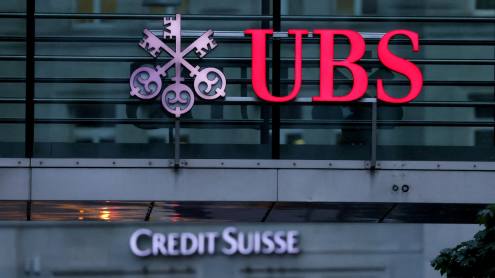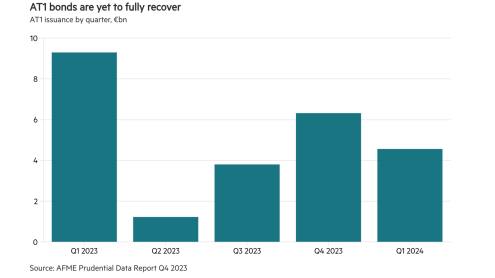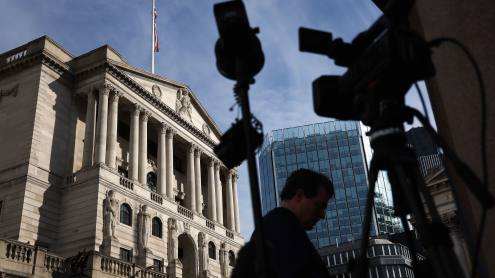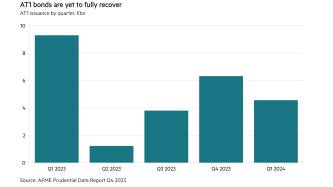The Bank of England (BoE) wrote to UK banks in October asking about their “current readiness” to implement negative interest rates, giving them until November 12 to respond.
Since the central bank was established in 1694, it has never set rates below zero. But as Covid-19 has ravaged the country’s economy, the BoE has shifted its position from saying negative interest rates were “under active review” in May, to confirming they were “part of the toolkit” in August, to analysing how to implement them effectively in September.
In the event of a long and protracted downturn, the BoE may have limited additional options to stimulate the economy. The policy rate already stands at a historic low of 0.1%.
A number of central banks have already cut rates below zero over the past few years in the face of subdued global growth and weak inflation, including Denmark in 2012, Sweden and Switzerland in 2015 and Japan in 2016.
Borrowers have benefited from their implementation as interest rates on bank loans, as well as government and corporate bond yields, have fallen. But low long-term rates and flat yield curves have also squeezed banks’ profitability.
If the BoE were to follow suit it would be a “net negative” for UK banks’ profits and put “further pressure on the liability side of the balance sheets and the overall net interest margin”, says Richard Barnes, a credit analyst at S&P Global Ratings. “But it’s clearly a policy measure the BoE is keeping in its back pocket in case it needs it.”
Tech challenges
Underpinning the BoE’s enquiry are concerns that many banks’ IT systems are not configured to implement negative rates. The rollout in other countries has met with a series of teething problems.
The challenge with negative rates isn’t its theory but its practice, says Hali Khan, vice president for Europe, the Middle East and Africa at Zafin, a banking software enterprise platform company.
“Bank systems are subject to unexpected faults or failures when rates go negative. Some systems won’t accept a negative rate at all. While legacy core systems are highly efficient and effective for large scale transaction processing, they are notoriously rigid and difficult to remediate. Because one change to a central processor impacts so many downstream systems and processes, massive testing is required,” she says.
Bank systems are subject to unexpected faults or failures when rates go negative
Ms Khan says banks in the best position to implement negative rates will be those who have migrated to a more modern architecture where product and pricing capabilities live outside of core processors in a cloud-based software-as-a-service solution.
Negative rates turn the traditional order of things “topsy-turvy”, Ms Khan adds. In order to demotivate the hoarding of funds and motivate investing “banks who hold cash would be charged for doing so and banks who borrow would be compensated on their loans”.
A spokesperson for HSBC said it was keeping its “position under review” to ensure it was ready to respond to any decisions taken by the BoE in regards to negative interest rates in the future.
Side effects
According to Capital Economics, the BoE is likely to expand its quantitative easing (QE) programme by a further £250bn ($328bn) by the end of 2021, rather than cut rates to zero, but the consultancy does not rule out their implementation further down the line.
“Evidence from overseas suggests that negative interest rates prompt banks to lower their loan rates so their interest income falls,” wrote Capital Economics chief UK economist Paul Dale in a recent report. “However, banks’ deposit rates don’t fall as far and tend to stay above zero, reducing bank profitability and can prompt banks to provide fewer loans – the exact opposite of what negative interest rates are trying to achieve.”
The BoE can reduce banks’ other interest costs to compensate by lowering how much it charges them to borrow funds through the existing Term Funding Scheme with additional incentives for small and medium-sized enterprises. It can also excuse the banks from some of the extra charges associated with negative interest rates, Mr Dale adds.
A side effect of the BoE’s QE policy – asset purchases totalled £895bn in November – is that it forces banks to hold reserves at the central bank because the BoE buys assets from the private sector and the seller deposits those funds in a bank.
“At the moment, the central bank pays interest on the reserves banks hold at the central bank at the current policy rate of +0.10%. If interest rates were negative, the banks would have to pay the central bank to hold those reserves,” Mr Dale wrote.












